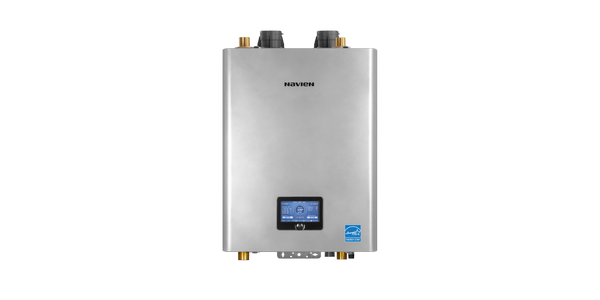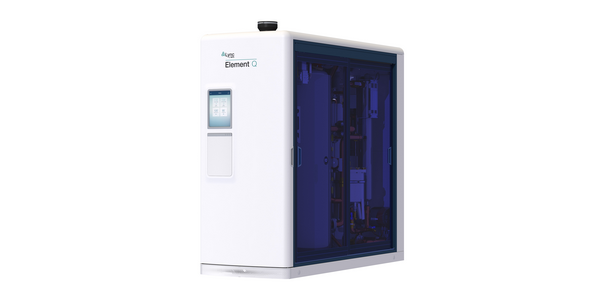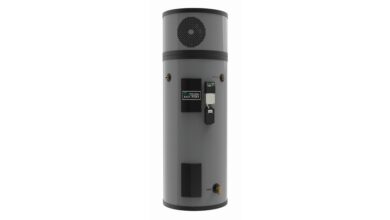Inside the Virtual Toolbox: How Digital Twins are Changing HVAC Work
By Joseph Callahan
The HVAC industry might not be the first sector people think of when they think of digitization, but considering the complex and technically involved nature of HVAC equipment, new digital technologies being invented could massively benefit businesses by improving efficiency, safety and marketability.
One technology that has shown particular potential to revolutionize the HVAC sector is the digital twin. Digital twins are virtual replicas of real-life assets that can be seen and accessed in the metaverse. As an incredibly versatile technology, digital twins have virtually limitless potential applications.

Exciting use cases for digital twin technology
Thanks to digital twin technology, business leaders can now better monitor their equipment and building systems remotely. The real-life machine is hooked up to sensors that collect information about individual components and the system as a whole, which is then relayed to the digital twin platform and displayed in relation to the virtual replica. As a result, users can get helpful information about equipment instantaneously and in an easy-to-visualize way.
When these remote monitoring capabilities are combined with the power of AI-driven predictive analytics, digital twin technology can help users perform proactive maintenance on equipment. By taking sensor data and running an analysis of it, systems can alert users when equipment may need maintenance, allowing them to address any issues before they have the chance to cause disruption or catastrophic damage.
Digital twins & technician training opportunities
Many businesses have also begun to use digital twins as a training tool. Because digital twins accurately represent real-life counterparts, they offer a way for new employees to train and explore without the risk of injury or damage. In the HVAC industry, training on digital twins allows employees to become more familiar and comfortable with the system’s setup before working with the real thing in the field.
Digital twin technology is also instrumental in the development of digital showrooms. Digital showrooms are spaces in the metaverse where HVAC companies can show off their products through digital twins. However, it’s not just after the product is made that digital twins can be useful; this technology is also proving to be a boon to the design process. Giving designers a way to visualize equipment they create before it is built gives them a way to save money, time and headaches.
Pioneers in the applied services space recently introduced the concept of the “inception twin” to revolutionize the design process. While the traditional digital twin is typically developed concurrently with or after its real-world counterpart, the inception twin — as its name suggests — is developed beforehand. This gives designers an opportunity to work in a low-stakes environment where they can feel freer to experiment or make mistakes.
Correcting a mistake in the physical prototype stage can be costly and time-consuming, but with a digital twin, it’s easy to reverse things.
Benefits of digital twin technology in HVAC customization
One of the main benefits of this technology is it allows for an unprecedented level of precision. With the help of digital twins, customers can inspect, interact with and customize their HVAC equipment equipment with incredible detail, down to even the smallest screw. This is particularly useful in the HVAC industry, considering the size of the equipment we work with. Achieving this level of detail with real-world HVAC systems is impractical, if not impossible.
Digital twins can also help people become much more efficient. Although digital twins are primarily used for individual equipment, combining multiple twins of several pieces of equipment can provide a holistic view of an entire building system or even a supply chain. This high-level picture can be useful for processes like supply chain management and process optimization.
By utilizing digital twin technology for various use cases, businesses in the HVAC sector can make operations safer and more efficient, while also opening up new doors to increased business opportunities. As virtual and augmented reality become more integrated into HVAC diagnostics and repair, the industry is poised for a future where precision, efficiency and customer engagement reach new heights.
Joseph Callahan is the CEO of Ciright.




